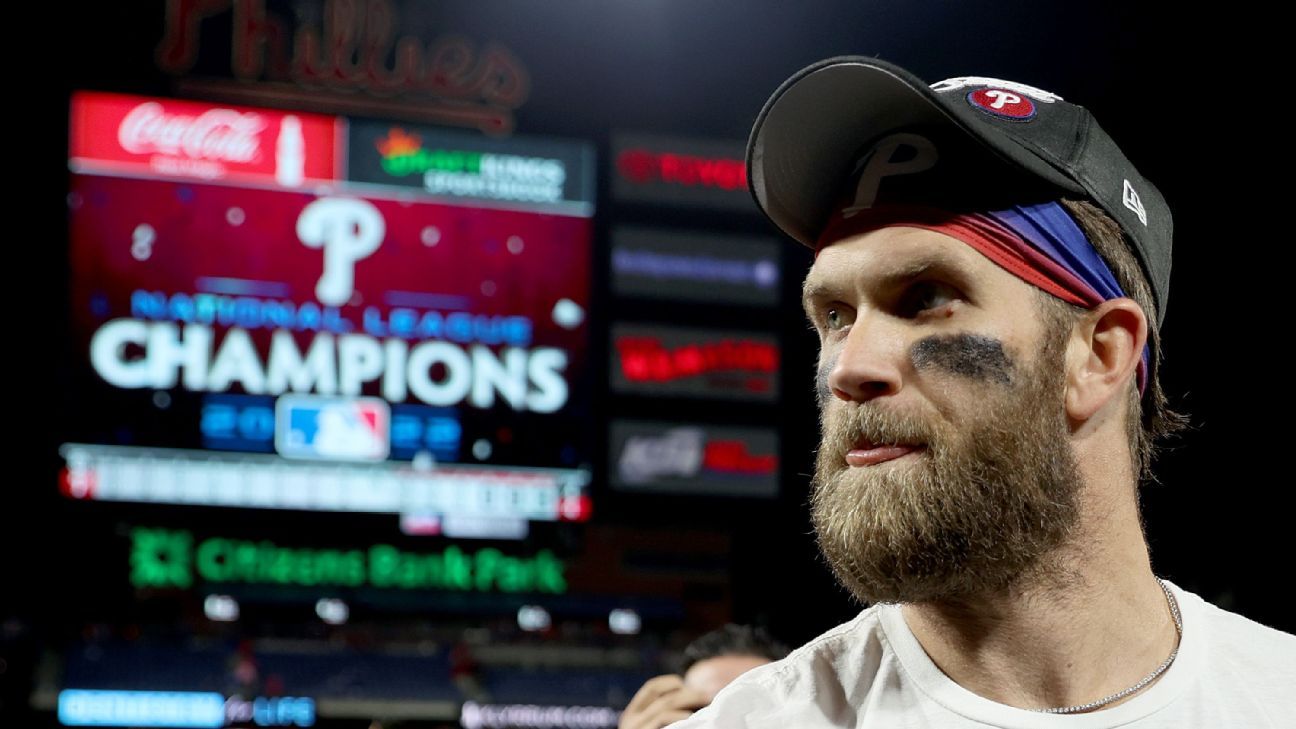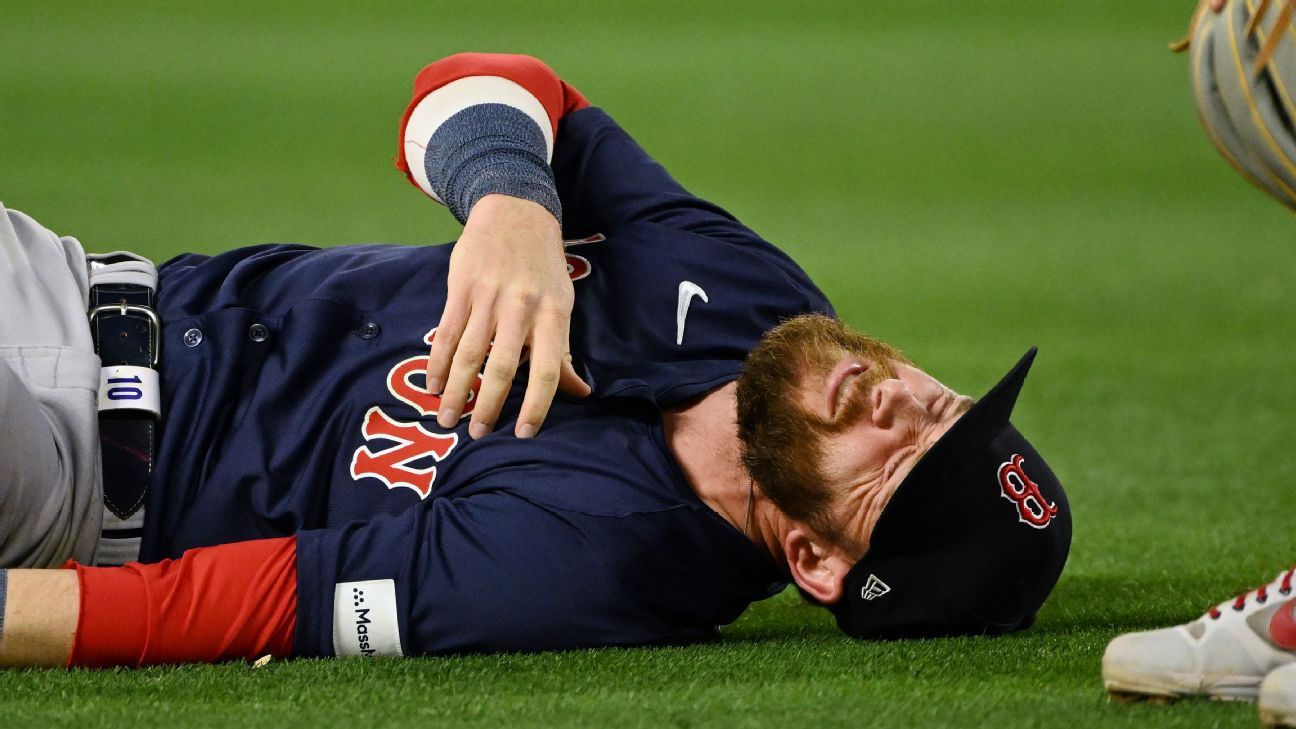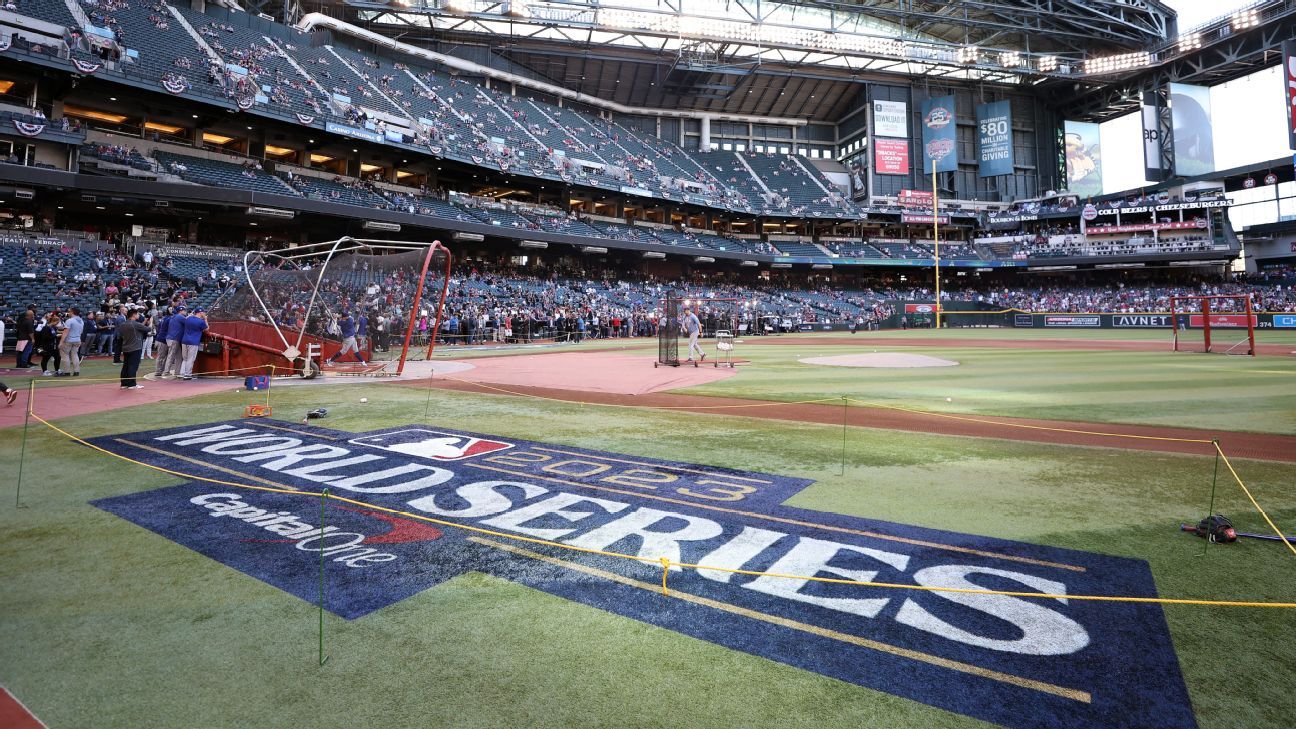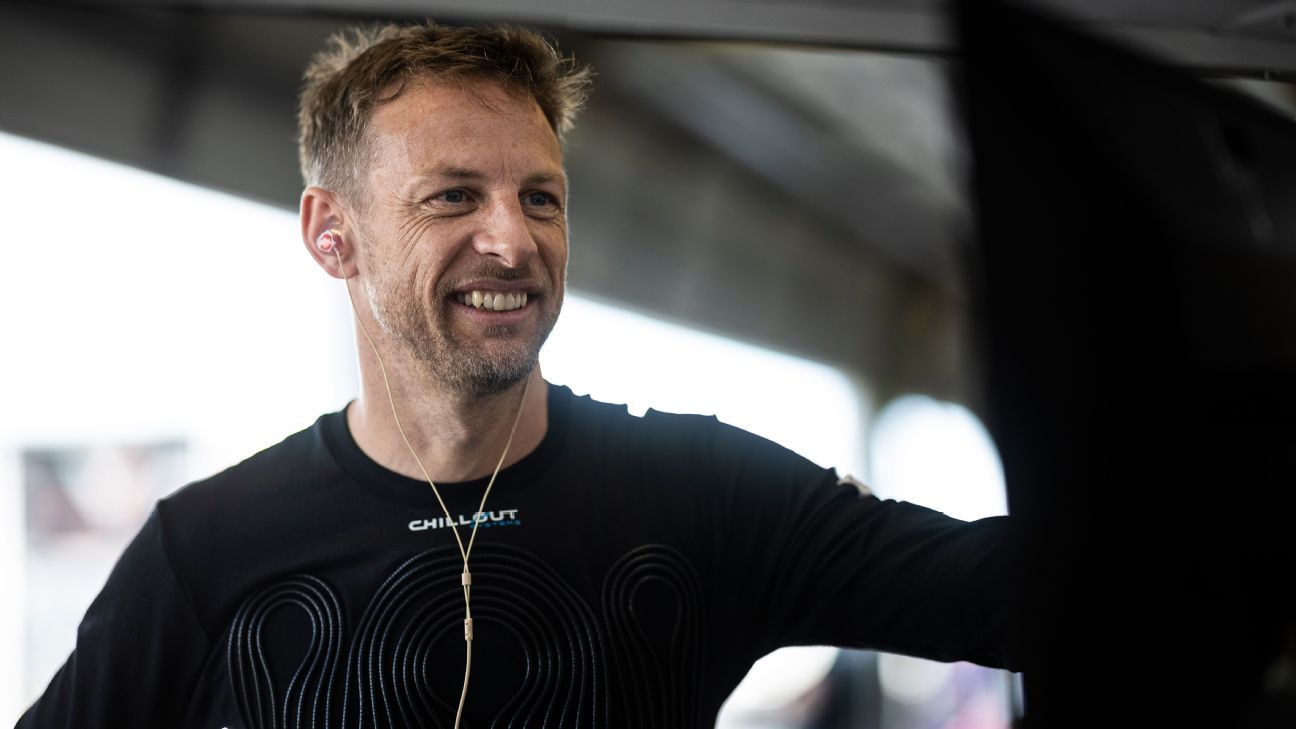Tesla has downgraded the range of its brand new Model S Long Range, which also happens to be Tesla’s longest-range electric car, just a few days after launching the vehicle.
The event Tesla held at its Fremont factory on Thursday was more about the Model S Plaid, the new top performance Model S, but it was also the official launch of the new Model S, which also includes the cheaper Model S Long Range.
It was only briefly mentioned by CEO Elon Musk during the presentation when discussing the version’s longer range.
He joked about almost having 420 miles of range:
“In the Dual Motor configuration, it got a 412-mile range… 420 give or take.”
412 miles of range was indeed what Tesla was advertising since starting to take orders for the new Model S in January.
However, last night, just a day after Musk’s presentation, Tesla has updated the Model S online configurator to change the Model S Long Range’s advertised range to 405 miles:

It’s a small 7-mile downgrade over the previously advertised range by Tesla for the new $80,000 version of the Model S.
The official EPA estimated ranges for the new versions of the Model S are not on the agency’s website, but Tesla appears to have received the official results – leading to the change in advertised range.
You can see a small difference of Tesla listing the Model S Long Range’s range as “EPA estimate” versus just “estimate” for the Model S Plaid:
In a comment to Electrek last week, Musk said that he doesn’t see a need for an electric vehicle with a range of more than 400 miles:
“What we are seeing is that once you have a range above 400 miles, more range doesn’t really matter. There are essentially zero trips above 400 miles where the driver doesn’t need to stop for restroom, food, coffee, etc. anyway.”
The comment was criticized for not accounting for the fact that a 400-mile range is closer to 250-300 miles in colder climates and depending on the conditions.
However, Tesla seemed to have an answer for that during the launch of the new Model S this week with a new thermal system with heat pump that Musk claimed could increase cold-weather range by 30%.
Despite the slight downgrade in range, Tesla still dominates rated EPA ranges for production vehicles, but several new electric vehicles coming to market are starting to close the gap.
Subscribe to Electrek on YouTube for exclusive videos and subscribe to the podcast.

















